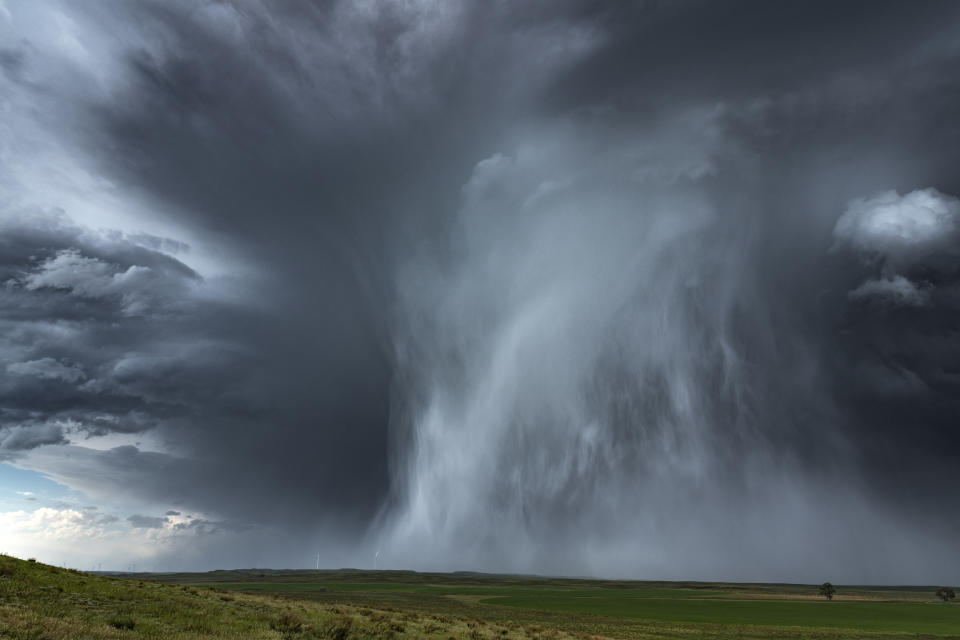Face recognition technology ‘could improve weather forecasting’, scientists say

Technology used for facial recognition could improve weather forecasts, with trials showing it can predict how severe hailstorms will be.
Rather than training software to recognise human faces, scientists at the National Center for Atmospheric Research (NCAR) in Boulder, Colorado, trained it to observe the shape of storms.
Being able to recognise the ‘features’ of storms allows researchers to predict the formation of hail and how big the stones will be.
Traditional hail forecasting techniques struggle with both of these, a study published in the American Meteorological Society's Monthly Weather Review found.

Lead author David John Gagne of NCAR said: ‘We know that the structure of a storm affects whether the storm can produce hail.
READ MORE FROM YAHOO
Boo, the famously cute dog, has died 'of a broken heart'
Cute or creepy: why humans love some species, loathe others
Meet Kiera, the world’s first Li-Liger
‘A supercell is more likely to produce hail than a squall line, for example. But most hail forecasting methods just look at a small slice of the storm and can't distinguish the broader form and structure.
‘The shape of the storm is really important. In the past we have tended to focus on single points in a storm or vertical profiles, but the horizontal structure is also really important.’
Gagne and his team used ‘deep-learning’ techniques to spot patterns in the storm which predicted hail.
Traditional computer models are unable to complete such tasks due to the mathematical complexity of storms, but ‘deep-learning’ techniques spot patterns by themselves within large amounts of data, Phys.org reported.

